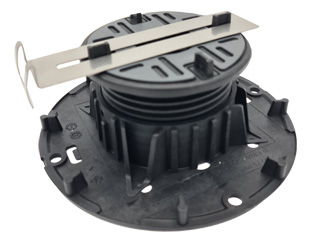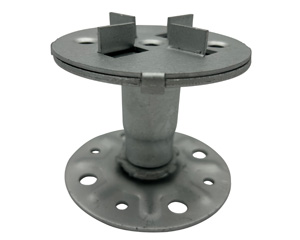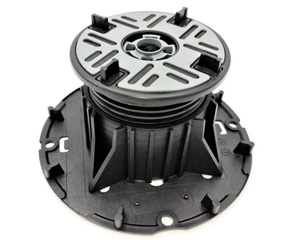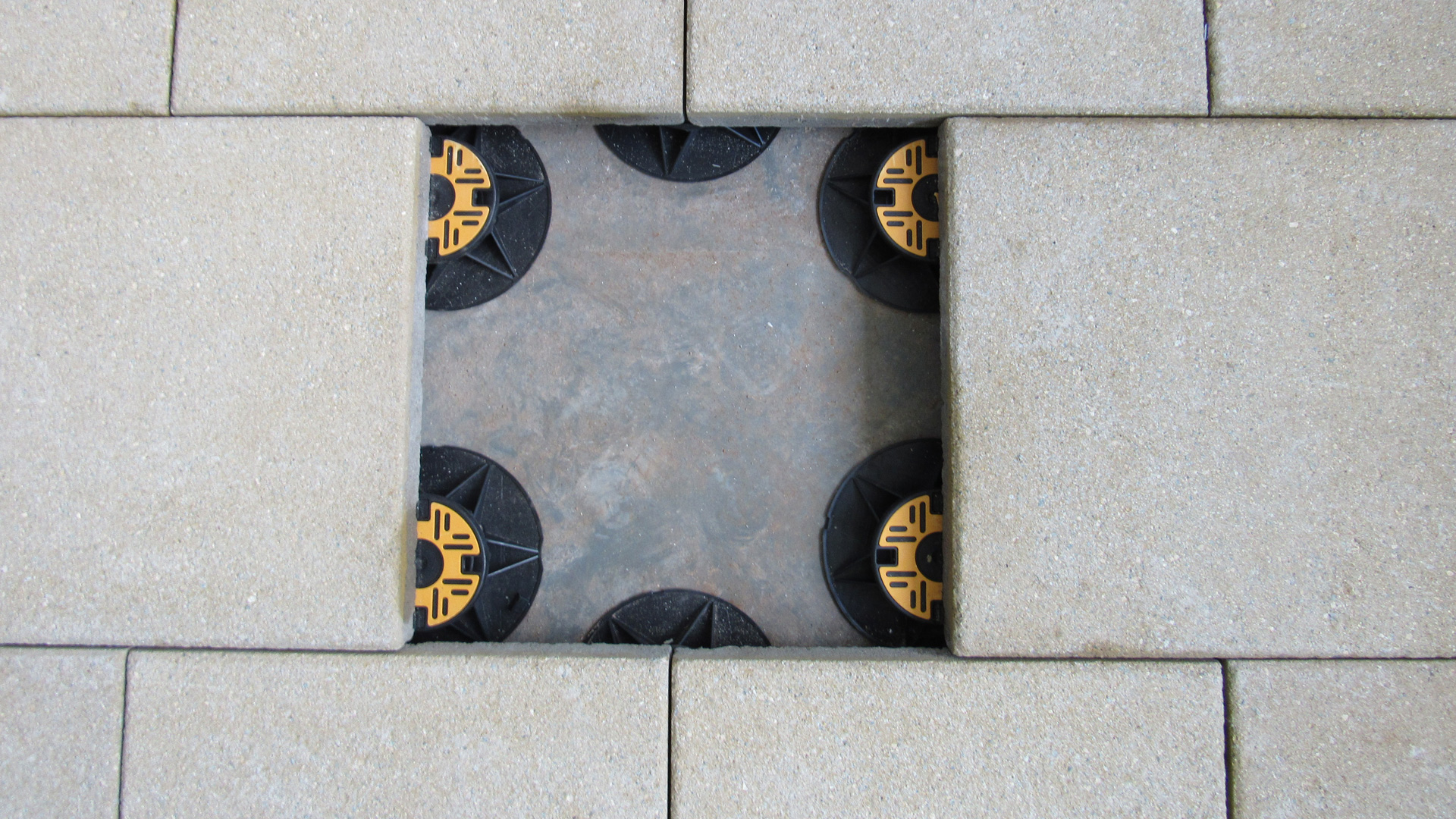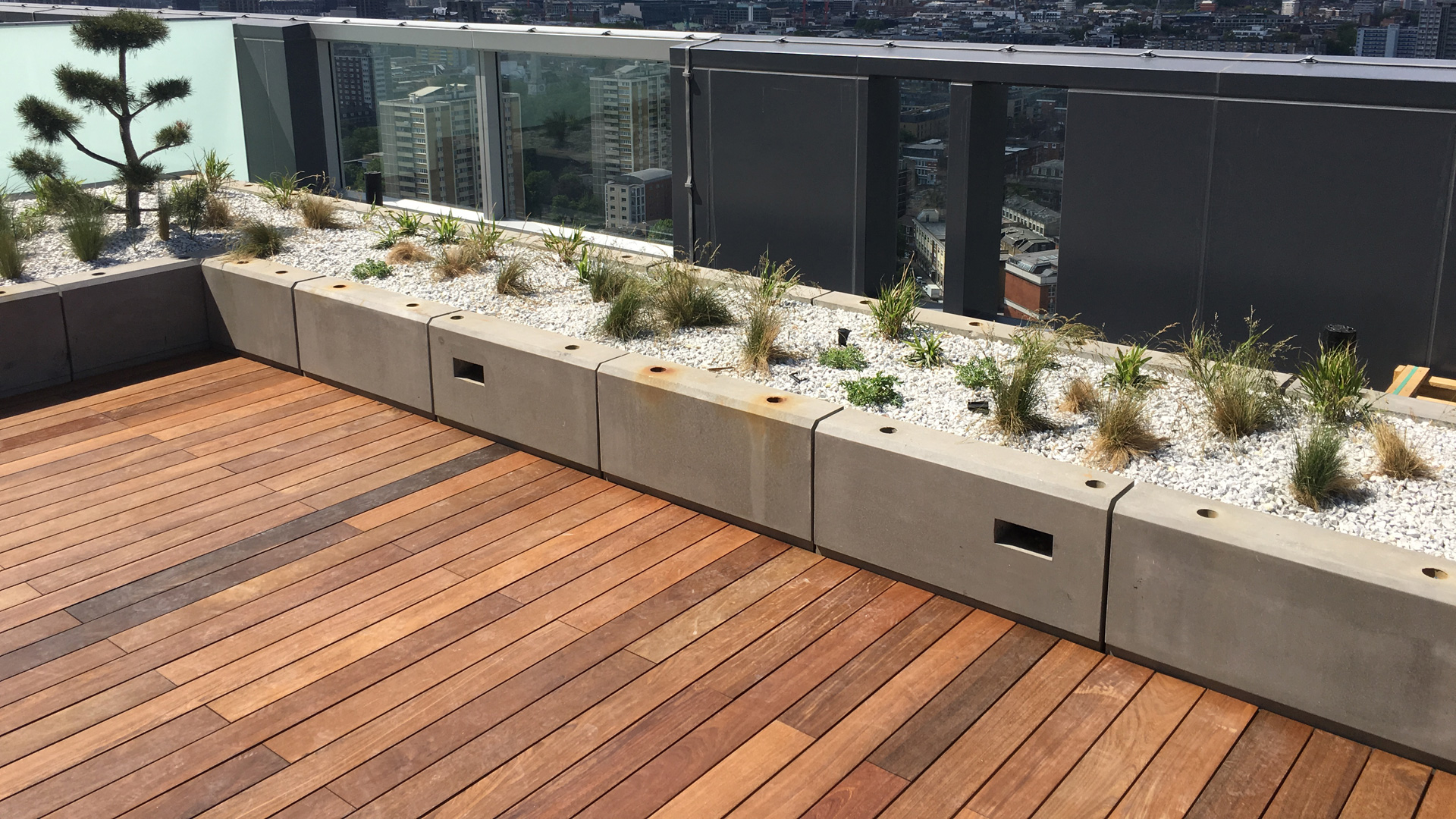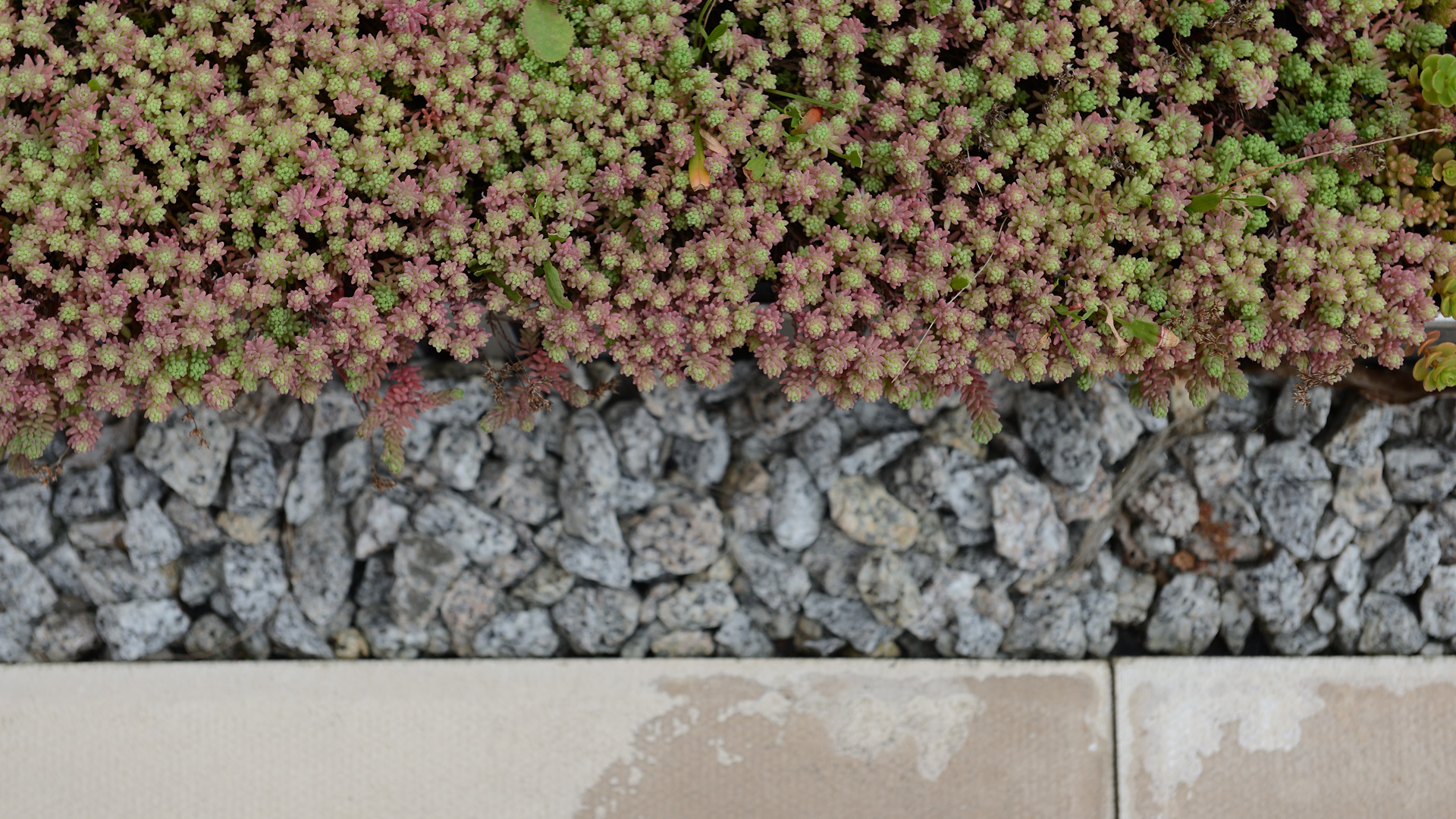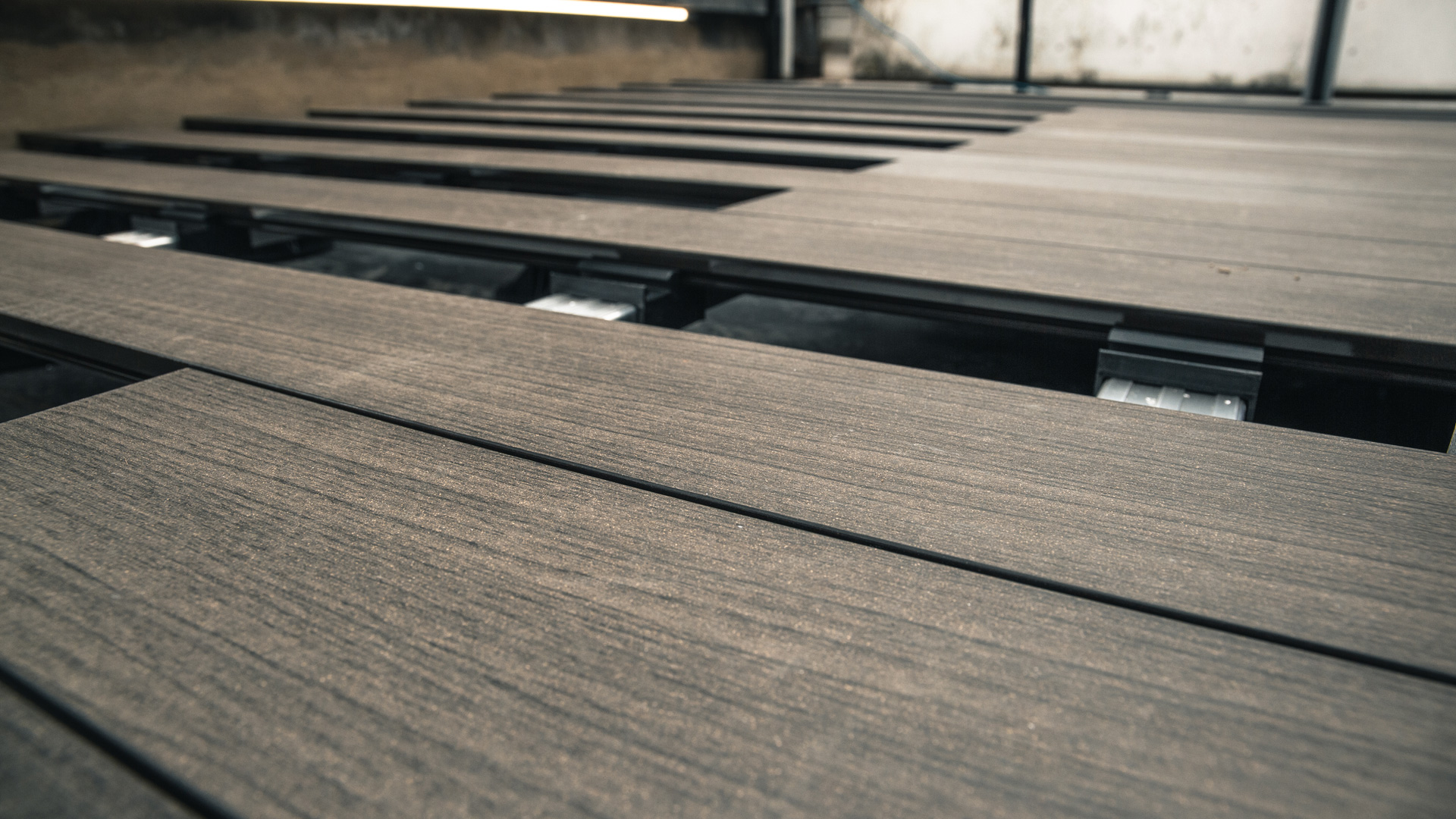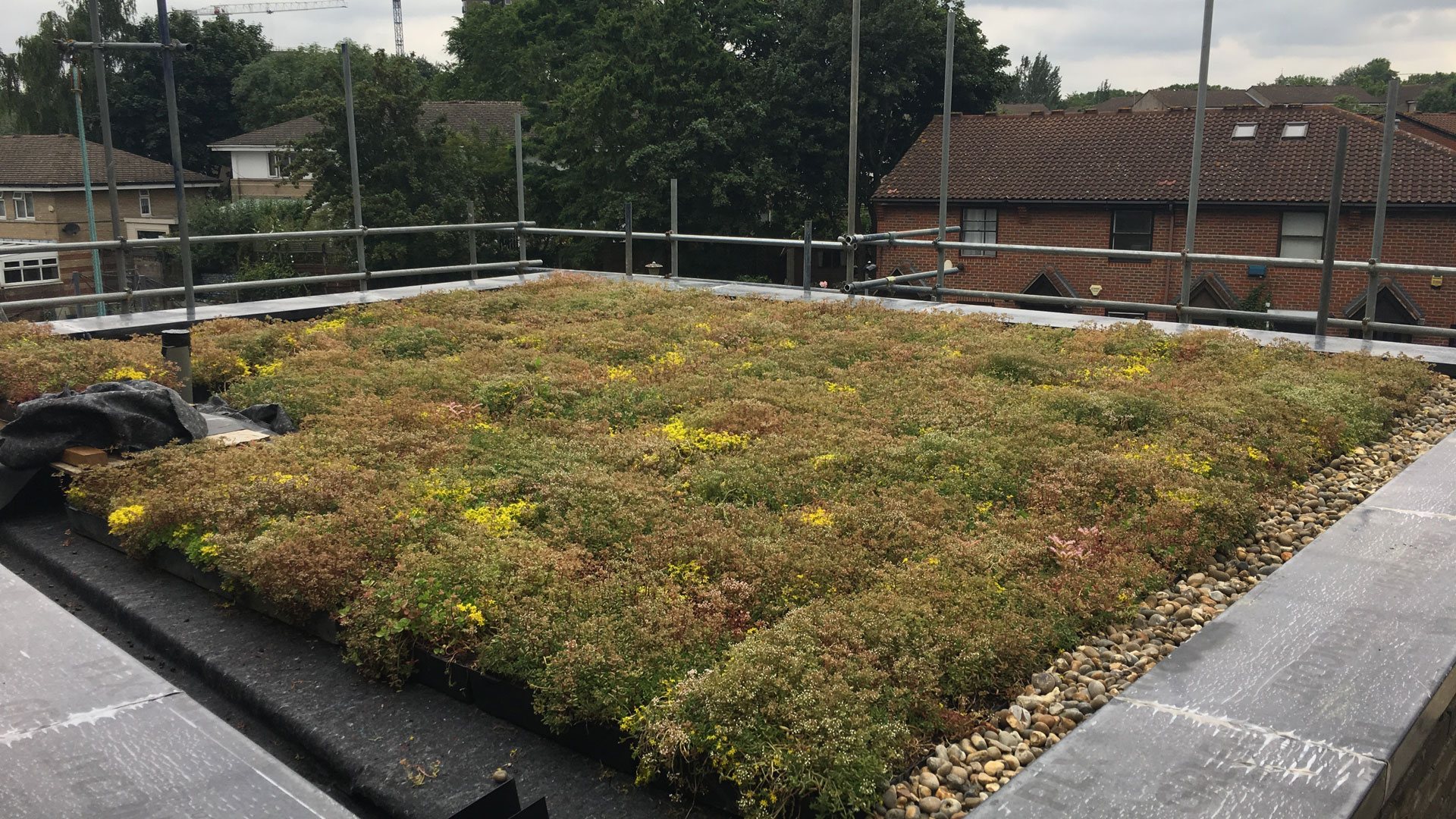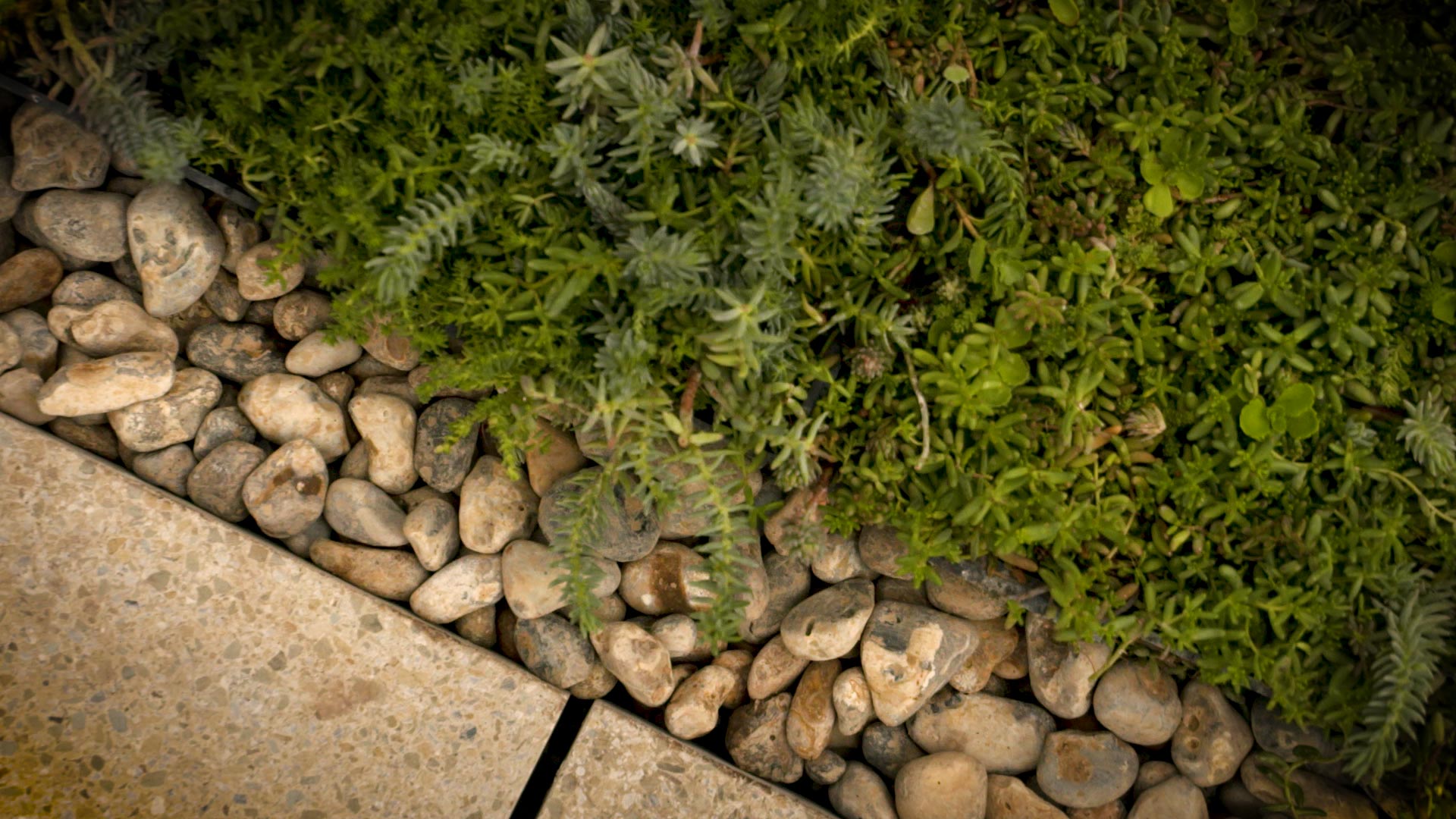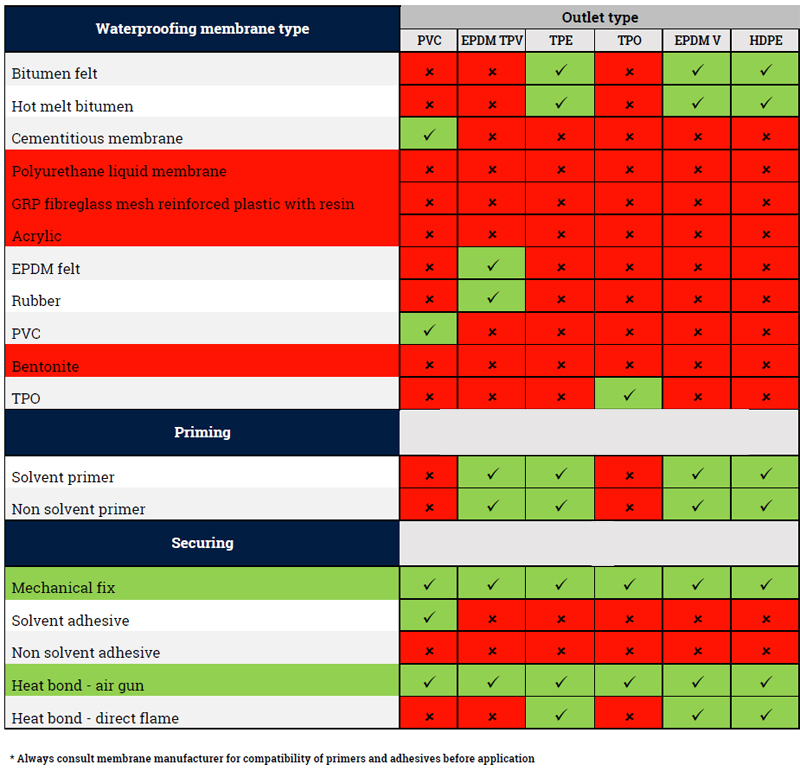When you’re deciding to use composite materials for your new deck, it can be hard to know what exactly they have to offer. However, if you do your research, you will soon be surprised to learn just how many benefits there are to using this material.
For starters, it is a sustainable option that helps minimise industry waste and gives you a natural look. It also requires less maintenance than traditional wood.
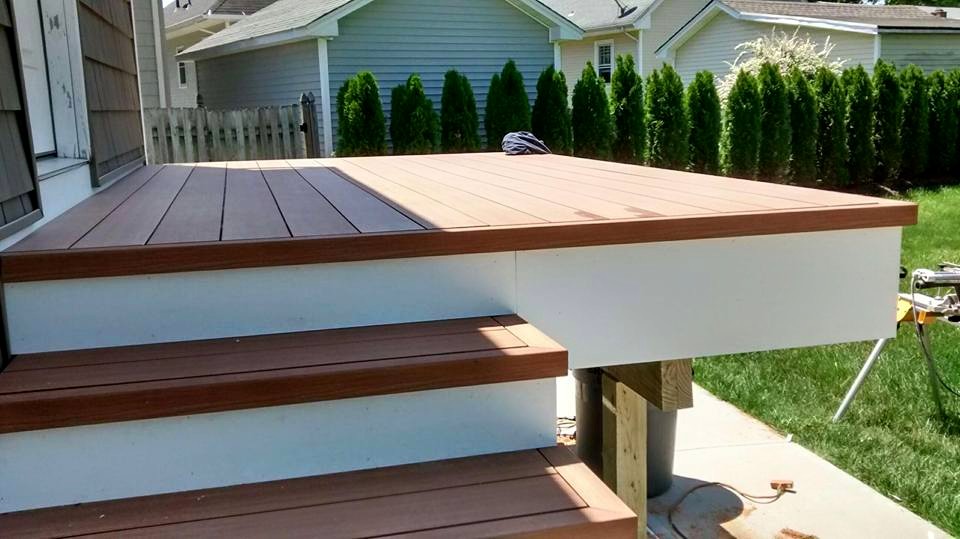
Durability
If you’re looking for a durable deck that will look great and last for years, composite materials are the way to go. They’re made with a combination of wood fibres and polypropylene plastic film, so they’re much stronger than wood alone.
They’re also made with a special coating to protect the surface from discolouration. This prevents your decking boards from fading over time, making them easier to maintain.
You can even find composite decking that has a lifetime warranty against colour fading. This will save you from replacing your deck after a few years because it’s already faded or worn.
Another important feature of a composite deck is its ability to resist rot and mould. This is due to a mixture of resin and fibres that are resistant to moisture invasion.
This means that your deck will be free from fungus, insects, and other growths that could damage your decking boards over time. It’s also less likely to be damaged by weather conditions because it will expand and contract a lot less than traditional wood.
The composite material used in composite decking is also more resistant to stains and other types of colour fading than wood. This is because it’s made with a multi-layered finishing system that’s designed to keep the composite colour uniform throughout the material, which helps avoid discolouration.
In addition, you won’t have to worry about splinters when using composite decking. Most wooden decks will splinter as they break down, which can be uncomfortable and dangerous.
If you’re worried about the environment, then a composite deck is a great option. Composite products are often manufactured with recycled materials, which is a great way to reduce your impact on the earth.
Besides being environmentally friendly, they’re also more affordable than other types of wood. You can expect to pay around the same amount of money for a composite deck as you would for pressure-treated wood.
They’re also much cheaper to install, compared to wood. This makes them an attractive choice for homeowners who want to spend less on decking and more on the other aspects of their homes.
Low Maintenance
A deck is one of the best investments a homeowner can make in order to add value and style to their property. It is also a great place to spend time with family and friends and enjoy the outdoors. It is important to choose a deck material that will provide the best value, durability, and ease of maintenance over time.
Composite materials have become increasingly popular among homeowners as a low-maintenance decking option. They are designed to look like wood and offer a number of benefits over traditional lumber options, including resistance to mould, rot, and mildew.
Many composites are made from a mixture of reclaimed wood and recycled plastic. The reclaimed wood gives the product strength and stability, while the plastic allows it to resist moisture damage.
This combination makes composites highly resistant to rotting and splintering, making them easy to maintain. They are often also capped with a synthetic coating that increases stain and scratch resistance.
They can be hosed down with water or pressure washed regularly to keep them looking their best. You can also use a broom to remove leaves and other debris from your deck.
The natural look of composite boards makes them a desirable option for homeowners who love the appearance and feel of real wood. They come in a variety of styles, from smooth to textured. Some are even available in a variety of colour options, so you can find one that matches your home’s aesthetics perfectly.
However, even composites that are crafted from a blend of recycled plastic and reclaimed wood can have their share of problems. Some composites may crack, warp, or splinter in extreme weather conditions, or they could be stained or faded over time.
In addition, some composites may be prone to mould and mildew, especially when they are exposed to direct sunlight or when they are not properly ventilated. These issues can be avoided by using a low-pressure sprayer for cleaning the deck or by sweeping it with a firm bristled broom to remove loose debris.
A low-maintenance composite deck will save you money in the long run as it will require less upkeep than a natural wood deck. This will give you more time to relax and enjoy your new outdoor living space without worrying about staining, treating, or painting it.
Eco-Friendly
Using composite materials to create decking boards is a great way to reduce your environmental footprint. It can help you save money on maintenance, keep more trees from being cut down and reduce the amount of plastic that ends up in oceans.
The primary ingredients of composite decking are wood fibres and plastic (often recycled). Manufacturers often use polyethylene or polypropylene (HDPE) to make their composite boards. HDPE has a longer lifespan than other plastics and is a good choice for outdoor products.
In addition, it has the added benefit of being resistant to mould and mildew. It also is very easy to clean, and can resist stains and scratches better than wood.
It is also environmentally friendly because it requires less energy to manufacture. It does not contain toxic chemicals like some traditional wood decking options, and it can be recycled into new material.
Some of the most common eco-friendly composite materials include PVC, cellular PVC and mineral-based composites. Typically, these types of decking boards have a grain pattern added to them during the manufacturing process to replicate the look of real wood.
Cellular PVC is a popular option because it combines the strength of plastic with the natural properties of wood, creating a product that’s more durable and weather-resistant than lumber. This material is often more expensive than other composite options, but it can be a great option for homeowners looking to lower their environmental impact and save money on their decking costs.
Many companies have embraced the concept of recycled content, sourcing their raw materials from within 500 miles of their manufacturing facilities. DuraLife, for example, uses up to 90% recycled content in its composite decking products. The company mixes reclaimed sawdust, wood chips and wood fibre into their composites.
They also offer a range of colour choices to suit different needs and budgets. This means that you’ll be able to find a composite decking board that works well for your home and budget.
Besides saving money on maintenance, composites are also eco-friendly because they require little to no painting or staining to maintain their appearance. They can last for decades without needing to be repainted, and they will not release harsh toxins into the environment when cleaned or sprayed with paint. This is a great way to keep your deck looking beautiful for years to come.
Easy to Install
Composite decking is a popular choice for homeowners looking to save time and money. It offers a number of benefits, including easy installation and low maintenance. It is also environmentally friendly and can be recycled.
It can be used to build a variety of outdoor spaces, from porches and decks to treehouses. The material is durable and resistant to water and rot. It is also splinter-free and safe for children.
In addition, composite decking is a great option for homeowners who want to minimize their impact on the environment. Trex’s composites are made from 95% recycled materials, which means they can be reused or repurposed as other products.
Installing composite decking can be a do-it-yourself project if you have the skills and tools necessary to complete the job correctly. However, it is advisable to hire a professional to ensure safety and a professional finish.
To start the process, you will need a solid subframe base and joists that can support the weight of the composite boards. The joists should be spaced about 300-350mm apart. They should be fixed to the ground using expansion screws.
Once the joists are in place, use a circular saw to cut your decking board to size. You should cut the board along one side of each joist. Once the board is cut, use a clip prong to push it into the side groove of each joist and screw it into place. The next board will follow suit, and the process will continue until all the joists are covered.
When you are finished, you will have a beautiful deck that requires little to no upkeep. Composite decking is durable and resistant to a variety of damage, making it ideal for busy families.
There are a few different types of composite decking options available on the market, including interlocking synthetic decking tiles. These are a popular choice because they are very easy to install, and are available in several colour options.
These tiles can be laid over existing wood to give your deck a completely new look and feel. They are also highly resistant to mould, rot, and fading.


